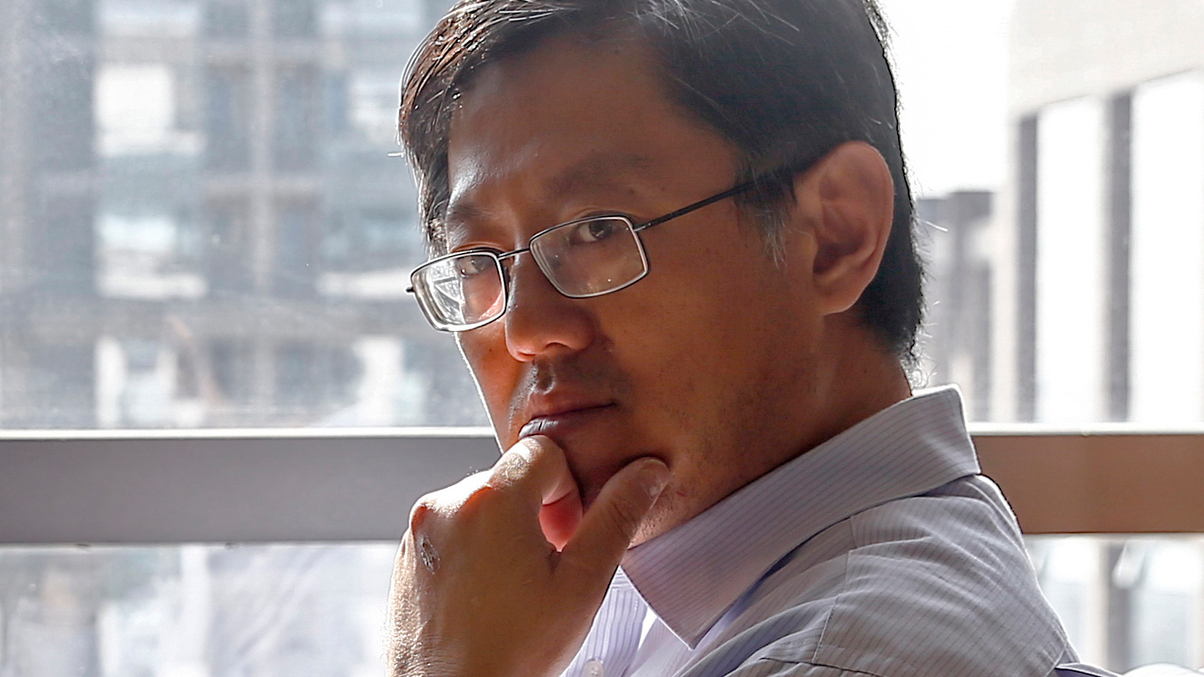Zhongrong Life mulling foreign-asset moves
The Chinese insurer is exploring when and how to make its first offshore allocations. It is likely to use investment consultants to help it make any substantial moves.

Beijing-based Zhongrong Life Insurance is pondering when and how to make its first investments in foreign assets, after substantial changes in the allocation of its $3 billion portfolio since the start of last year.
Sign in to read on!
Registered users get 2 free articles in 30 days.
Subscribers have full unlimited access to AsianInvestor
Not signed up? New users get 2 free articles per month, plus a 7-day unlimited free trial.
¬ Haymarket Media Limited. All rights reserved.


